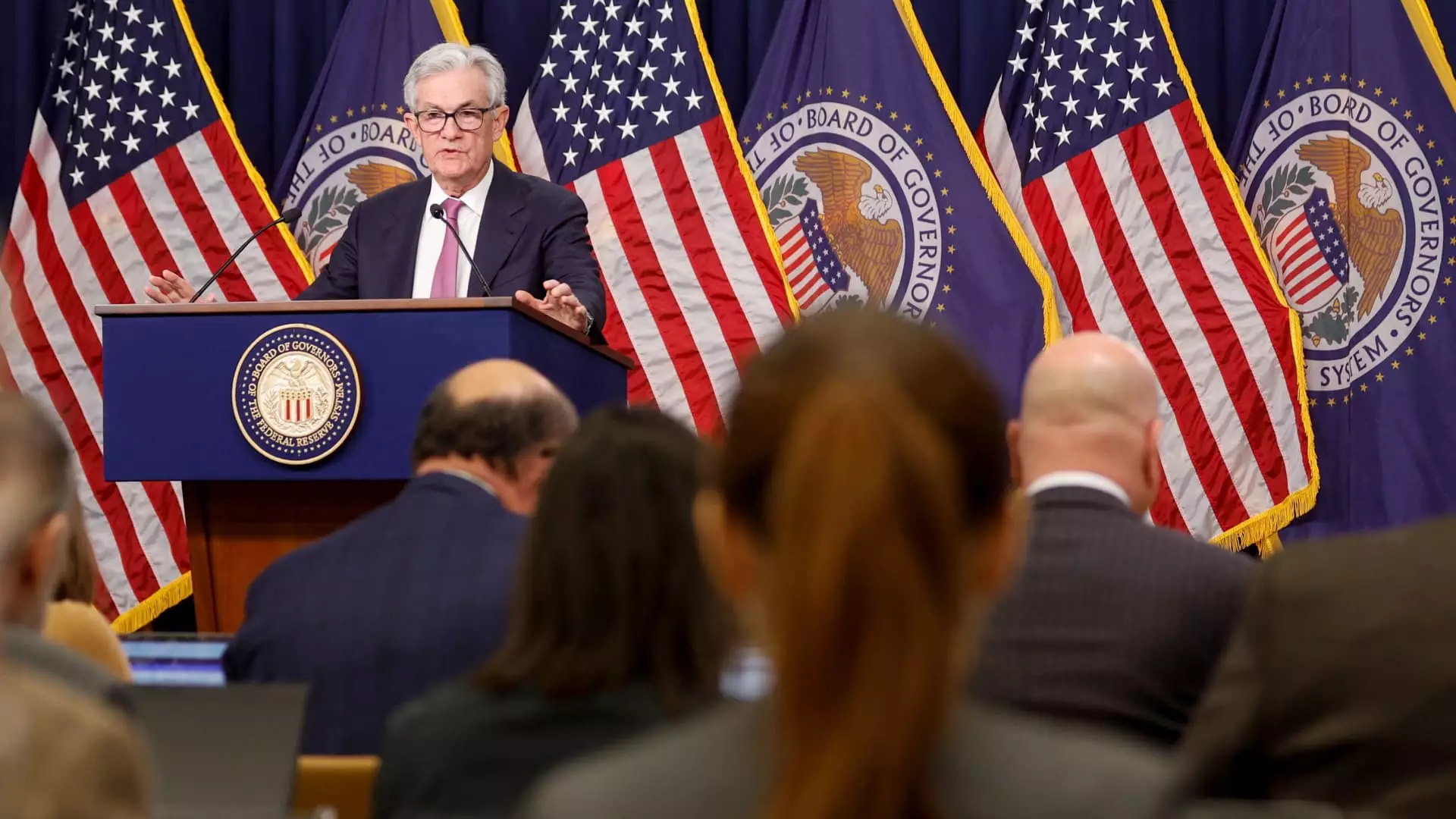In 2024, the Federal Reserve executed a strategy of lowering its interest rate target on three notable occasions. This move generated a wave of anticipation among American homeowners eager for a decline in mortgage rates. Despite these hopes, experts caution that significant drops in mortgage costs may not materialize in the near future. Jordan Jackson, a global market strategist at J.P. Morgan Asset Management, posits that prospective borrowers might find the best-case scenario settling at a range of six and a half to seven percent. This grim outlook indicates that many individuals searching for financial relief through reduced mortgage rates might find themselves disappointed in the upcoming months.
While the Federal Reserve’s policies are influential, they are not the sole determinants of mortgage rates. Rather, these rates are intricately linked to long-term borrowing rates tied to government debt, particularly the 10-year Treasury note yield. In recent months, this yield has been on the rise, as market participants begin to speculate on a shift towards more expansive fiscal policies anticipated from Washington in 2025. The interplay between Treasury yields and mortgage rates is further complicated by market signals regarding mortgage-backed securities, shaping the rates offered to prospective mortgage seekers.
During the COVID-19 pandemic, the Federal Reserve engaged in aggressive purchasing of mortgage-backed securities as part of a broader economic stimulus effort, commonly referred to as quantitative easing. This approach aimed to recalibrate demand and supply dynamics in the bond market, subsequently lowering borrowing costs and enabling homebuyers to benefit from historically low rates. Matthew Graham, COO of Mortgage News Daily, suggests that this temporary measure, while effective at the time, may not have been the best course of action, given its long-term ramifications.
As the Fed’s aggressive acquisition of assets began to wane in 2022, the central bank initiated steps to reduce its balance sheet. This process, termed quantitative tightening, has the potential to elevate the spread between mortgage rates and Treasury yields, creating additional upward pressure on mortgage rates. Consequently, many analysts believe that this tightening approach is a significant factor contributing to the current trajectory of mortgage rates, countering the Federal Reserve’s objectives.
With mortgage rates continuing on an ascendant trajectory, potential homebuyers and those considering refinancing are confronted with a perplexing financial landscape. The combination of rising Treasury yields and the Federal Reserve’s strategic shifts poses challenges for homeowners striving to find affordable mortgage solutions. As economists point to the interconnectedness of these financial policies and market conditions, it becomes clear that anyone navigating this arena must remain vigilant.
Ultimately, while the Federal Reserve’s maneuvers aim to foster economic stability, the complexities involved in the mortgage market highlight the difficulty of achieving desirable mortgage rates amidst evolving fiscal strategies. Aspiring homeowners and economists alike will need to engage closely with these developments as they shape the evolving narrative of borrowing costs and financial opportunities in the broader real estate sector.

